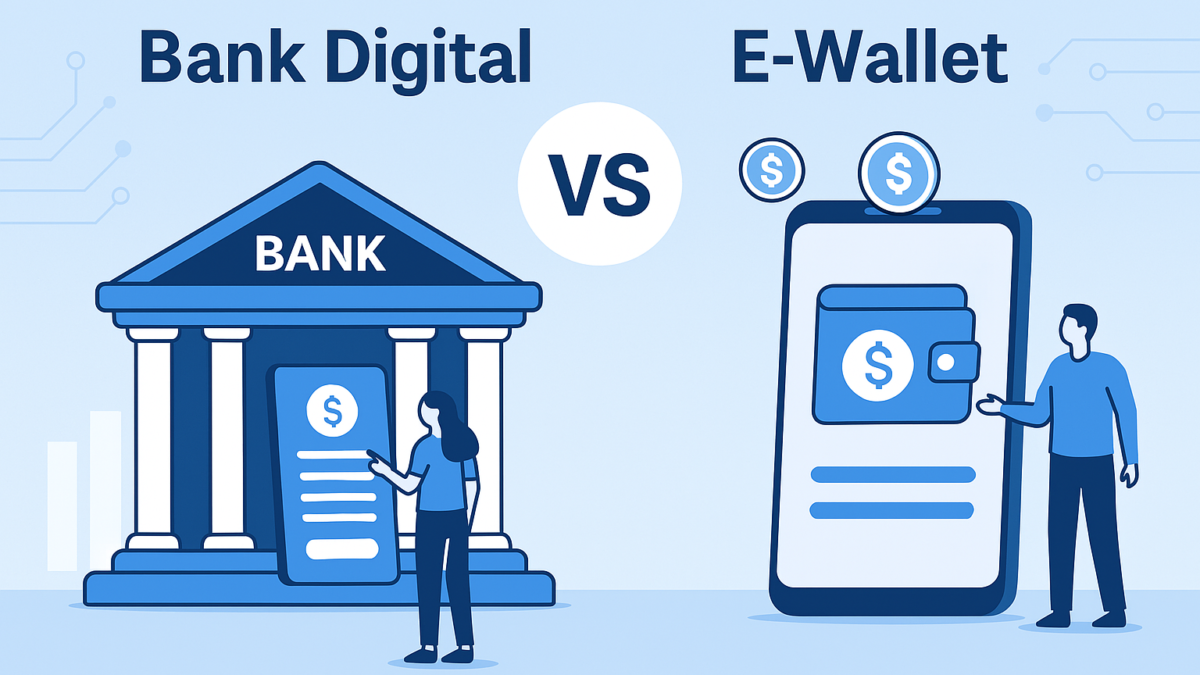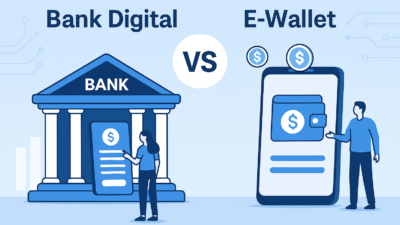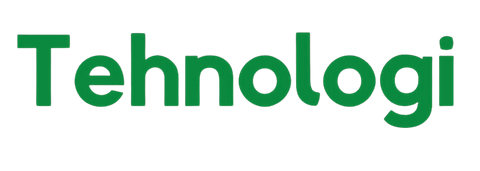
Overview
Content marketing has become a cornerstone of successful business growth, particularly for small businesses. It allows you to connect with your audience, establish authority in your niche, and drive sales—all without a massive advertising budget. But what makes content marketing so powerful for small businesses? This article explores why content marketing works, how to craft a winning strategy, and the tools and techniques to get started.
Why Content Marketing Matters for Small Businesses
- Builds Trust and Authority
- Consistently sharing valuable and relevant content positions your business as an expert in your industry.
- Customers are more likely to buy from a business they trust and see as knowledgeable.
- Drives Organic Traffic
- High-quality content optimized for search engines (SEO) can help your website rank higher, attracting potential customers without expensive ads.
- Cost-Effective Lead Generation
- Unlike paid campaigns, content marketing continues to deliver results over time, offering a better return on investment.
- Engages Your Audience
- Content like blogs, videos, or infographics keeps your audience informed and entertained, strengthening their connection to your brand.
- Supports Other Marketing Channels
- Content fuels your social media, email marketing, and even paid ad campaigns, creating a cohesive marketing strategy.
1. Define Your Content Marketing Goals
Before creating content, it’s crucial to know what you want to achieve. Your goals will guide the type of content you create and how you distribute it.
Common Goals for Small Businesses:
- Increase Brand Awareness: Attract more people to your business.
- Generate Leads: Use content to collect contact information for follow-ups.
- Drive Sales: Highlight your products or services to convert readers into customers.
- Educate Your Audience: Share knowledge that helps your audience solve problems.
Pro Tip: Use SMART goals (Specific, Measurable, Achievable, Relevant, Time-bound) to keep your efforts focused.
2. Understand Your Audience
Knowing your target audience is critical to crafting content that resonates.
How to Identify Your Audience:
- Create Buyer Personas: Define who your ideal customers are, their pain points, and their preferences.
- Analyze Existing Data: Use tools like Google Analytics to understand who visits your website and what content they engage with.
- Engage with Customers: Conduct surveys or interact with your audience on social media to learn about their interests.
Example: A small bakery targeting health-conscious customers might focus on gluten-free recipes, nutrition tips, and ingredient sourcing stories.
3. Choose the Right Content Types
Not all content is created equal. The type of content you create should align with your audience’s preferences and your business goals.
Popular Content Types for Small Businesses:
- Blog Posts: Great for sharing expertise and improving SEO.
- Social Media Posts: Ideal for quick updates, promotions, and engaging directly with your audience.
- Videos: Use platforms like YouTube, Instagram, or TikTok to create tutorials, behind-the-scenes clips, or customer testimonials.
- Infographics: Present data or processes in a visually appealing format.
- Email Newsletters: Keep your audience informed about news, promotions, and new content.
Pro Tip: Repurpose content to save time—turn a blog post into a video or a series of social media posts.
4. Optimize for SEO
Search engine optimization (SEO) is a key driver of organic traffic for your content.
How to Optimize Your Content:
- Keyword Research: Use tools like Ubersuggest or Ahrefs to identify high-value keywords relevant to your audience.
- On-Page SEO: Include keywords in titles, headers, and meta descriptions, but avoid keyword stuffing.
- Internal and External Links: Link to related articles on your site and reputable external sources.
- Focus on Quality: Write engaging, well-structured, and valuable content to keep readers on your page.
Example: A local florist could write a blog titled “10 Easy Flower Arrangements for Beginners,” optimized for keywords like “easy flower arrangements” or “flower arranging tips.”
5. Distribute Your Content Effectively
Creating great content is only half the battle—you need a distribution plan to ensure your audience sees it.
Distribution Strategies:
- Social Media: Share content on platforms where your audience is active. Use hashtags and engage with comments to boost reach.
- Email Marketing: Send your content directly to subscribers with personalized subject lines and calls to action.
- Collaborations: Partner with complementary businesses or influencers to share each other’s content.
- Online Communities: Share your content in forums or groups like Reddit, LinkedIn groups, or Facebook communities (but avoid being overly promotional).
Pro Tip: Schedule content distribution with tools like Buffer or Hootsuite to save time.
6. Track and Measure Performance
Regularly reviewing your content’s performance helps you understand what works and refine your strategy.
Metrics to Monitor:
- Website Traffic: How many people are visiting your site from your content?
- Engagement Rates: Monitor likes, shares, comments, and time spent on pages.
- Lead Generation: Track how many leads you’ve collected through forms, gated content, or downloads.
- Conversion Rates: Measure how often your content leads to sales or desired actions.
Tools to Use:
- Google Analytics: Track traffic, bounce rates, and user behavior.
- Social Media Insights: Use built-in analytics tools on platforms like Instagram, Facebook, or LinkedIn.
- CRM Software: Tools like HubSpot or Mailchimp can track email campaign success.
7. Stay Consistent and Adapt
Consistency is key in content marketing. Regularly publishing high-quality content builds trust and keeps your audience engaged.
How to Stay Consistent:
- Create a content calendar to plan posts and campaigns.
- Use scheduling tools to automate posting.
- Experiment with formats and topics to keep your content fresh.
Pro Tip: Pay attention to emerging trends and adapt your strategy. For instance, if short-form videos are gaining traction, incorporate them into your plan.
Examples of Small Businesses Succeeding with Content Marketing
- A Local Gym: Posts weekly workout challenges and tips on Instagram, driving memberships through engaging content.
- A Handmade Jewelry Brand: Shares stories behind their pieces on their blog, attracting customers who value craftsmanship.
- A Cafe: Uses TikTok to showcase how their popular drinks are made, growing their social following and foot traffic.
Final Thoughts
Content marketing is a powerful tool for small businesses to connect with their audience, build trust, and drive growth. By understanding your audience, creating valuable content, and distributing it effectively, you can achieve big results without a big budget.
Start small, experiment with different formats, and focus on creating genuine value for your audience. With persistence and creativity, your content marketing efforts will pay off—boosting your small business to new heights. Are you ready to create content that converts?















